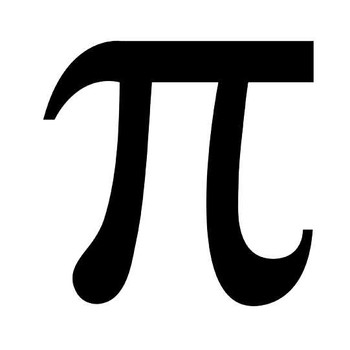Find #a, b# so that the system #x+y+z=6#, #x+2y+3z=10#, #x+2y+az=b# has an unique solution?
2 Answers
You have:
Now if
Ouside of that, you are good to go :)
A cool way to go, if in doubt, is to row-reduce the augmented matrix:
So:
It is only if
By back substitution, if
Please check below
Explanation:
I tried by using Cramer's Rule with following results:
Therefore we can find the other determinants:
Now,
What should be the statement to determine the value of


